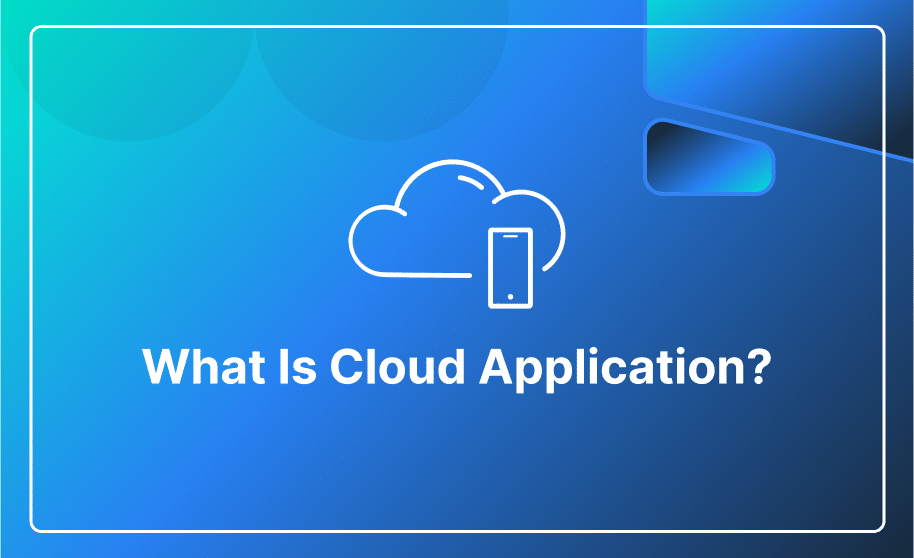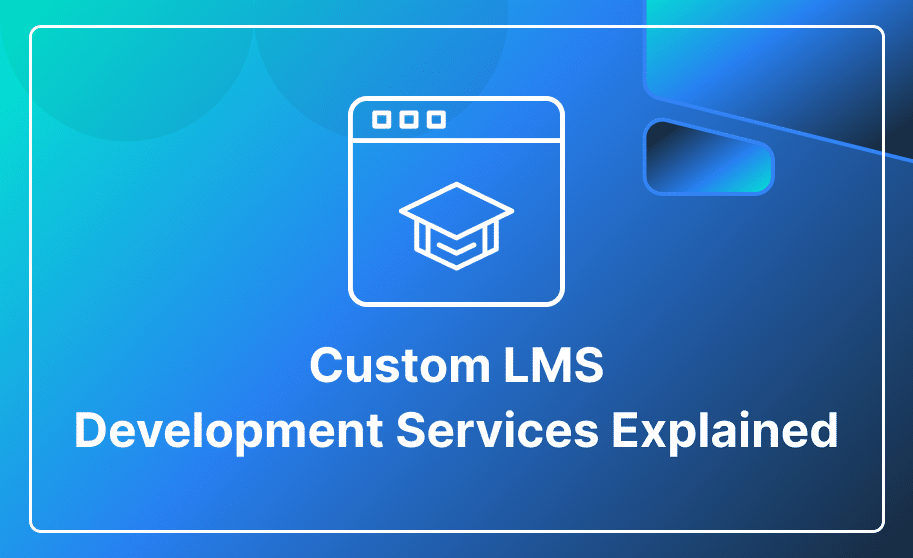Outsourcing mobile application development can speed up time-to-market, reduce project expenses, and improve product quality. That’s why approximately 52.5% of all IT companies have outsourced software development at least once.
When you outsource your mobile app development, you can be the project manager, effectively managing all development aspects from a distance. This gives you more time to focus on other important parts of your business.In this blog, I’ll guide you on how to outsource mobile app development in five steps.
Steps to Effectively Outsource Mobile Application Development
Below are the six steps to consider when outsourcing your app development:
Step 1: Outline Your App Requirements:
Start by outlining your app’s goals, target audience, and essential features. This information will help your mobile app outsourcing company to grasp your vision and expectations clearly. Consider the following aspects:
Goals and Objectives: Identify the main purpose of the app and the problem it intends to solve for your users.
Target Audience: Define the demographics and preferences of your target users to ensure that the app meets their needs.
Platform: Choose whether to build the app for Android, iOS, or both, and decide whether to create native or cross-platform apps.
Features and Functionality: Make a list of must-haves and nice-to-have features for your app, prioritizing them accordingly.
Budget: Determine your project budget according to your needs, project scope, and available resources.
Step 2: Select the Type of Outsourcing Team
You need to choose the type of application development outsourcing.
Types of outsourcing teams are:
Onshore: Choosing an outsourcing partner from your own country.
Offshore: Choosing an outsourcing partner from a distant country.
Nearshore: Choosing an outsourcing partner from a nearby country.
Step 3: Identity the Potential App Development Outsourcing Team
Research and create a list of potential mobile app development outsource companies that match your needs and budget. Keep in mind the following points:
Experience: Find companies with a proven track record of building similar apps or expertise in the technologies you need.
Portfolio: Examine their previous projects to assess the quality of their work and level of experience.
Testimonials: Read client’s feedback, reviews, and case studies to see if they can deliver what they promise.
Location: Consider their location to ensure time-zone differences and cultural factors won’t cause problems with communication and collaboration.
Pricing and Payment Structure: Confirm that their pricing model aligns with your budget and preferences.
Post-Launch Support: Make sure that the outsourced mobile app development company offers continuous support for maintenance, bug fixes, updates, and additional features.
Step 4: Establish a Communication and Collaboration Framework
Establish a clear, open, and efficient communication channel with your mobile development outsourcing partner for smooth collaboration. Consider the following:
Communication Channels: Select suitable communication tools, such as email, chat, or video calls.
Project Management Planform: Trello or Asana.
Regular Meetings: Plan regular meetings (daily or weekly) to check progress, handle issues, and ensure alignment.
Step 5: Plan for Post-Launch Support and Maintenance
As the app development process nears its final stages, prepare for post-launch support to ensure optimal performance, user satisfaction, and the long-term success of the app. Consider the following aspects:
Ongoing Maintenance and Updates: Make sure that your Android or iOS app development outsourcing partner offers continuous support and maintenance even after the launch.
Performance Tracking and Optimization: Monitor user feedback and app performance metrics to pinpoint areas for improvement and collaborate with your outsourcing partner on optimization strategies.Adding New Features and Enhancement: Collaborate with your outsourcing partner to plan the future development roadmap for your app. This involves integrating new features or enhancements to ensure your app remains competitive and aligns with evolving market trends and user preferences.
How Much Does It Cost to Outsource Application Development?
Outsourcing app development typically costs between $15,000 and $180,000, sometimes exceeding $200,000.
The exact cost depends on various factors like the app type, development approach, back-end infrastructure, and the location of your development team.
For pricing plans, please get in touch with us.Explore our blog “How to Outsource Software Development?” for a thorough guide on how to effectively outsource software development.
Conclusion:
Outsourcing app development reduces costs, increases team productivity, and ensures timely project delivery. This collaboration model is suitable for various businesses, from startups to large enterprises. However, to maximize the benefits of outsourcing, choose your team wisely. Review their portfolio, technology stack, and client feedback carefully. Then, select the engagement and payment model that best fits your needs before proceeding to the discovery phase.
Hashlogics offers reliable outsourcing development services. Contact us to explore our expertise and find tailored solutions for your outsourcing needs. Let’s collaborate for success!
Check out our blog “What Drives Companies to Outsource Their IT Support Structure?” to learn about the strategic benefits of outsourcing IT support.
Similar post like this: “Software Engineer Outsourcing: Benefits and Best Practices.”














